In a new clinical report, the American Academy of Pediatrics (AAP) attempts to clarify diagnosis and treatment of head lice and makes recommendations for dealing with this condition in school.

The AAP recommendations for treating head lice include:
- School personnel responsible for detecting head lice should be appropriately trained, as it can be difficult to diagnose.
- Permethrin 1 percent (an insecticide) is currently the recommended treatment for head lice.
- Head lice screening programmes in schools do not have a significant effect on the incidence of head lice, and are not cost-effective. Parent education programmes may be a more appropriate management tool.
- Manually removing nits (the eggs or young forms of head lice) after medication for killing lice is not necessary to prevent spread. However it may be prudent to remove nits in school-aged children to decrease the chance of mis-diagnosis. Nit removal is tedious and often cannot be accomplished in one sitting.
It is probably impossible to totally prevent head lice infestations as young children frequently come into close head-to-head contact with each other. Children should be taught not to share personal items such as combs, brushes and caps. Adults should be aware of the signs and symptoms of head lice infestation, and affected children should be treated promptly to minimize spread to others.
DoctorNDTV is the one stop site for all your health needs providing the most credible health information, health news and tips with expert advice on healthy living, diet plans, informative videos etc. You can get the most relevant and accurate info you need about health problems like diabetes, cancer, pregnancy, HIV and AIDS, weight loss and many other lifestyle diseases. We have a panel of over 350 experts who help us develop content by giving their valuable inputs and bringing to us the latest in the world of healthcare.
................... Advertisement ...................
................... Advertisement ...................
Home Remedies
- Improve Your Digestion At Home With These Kitchen Ingredients
- Hair Care: Prepare This Hair Mask With Just Two Ingredients To Fight Hair Problems
- World Malaria Day: 5 Effective Home Remedies To Manage Malaria Symptoms
- 12 Effective Home Remedies for Bad Breath
- 7 Home Remedies To Get Rid Of Tartar In Teeth Naturally
FAQ
................... Advertisement ...................
................... Advertisement ...................












